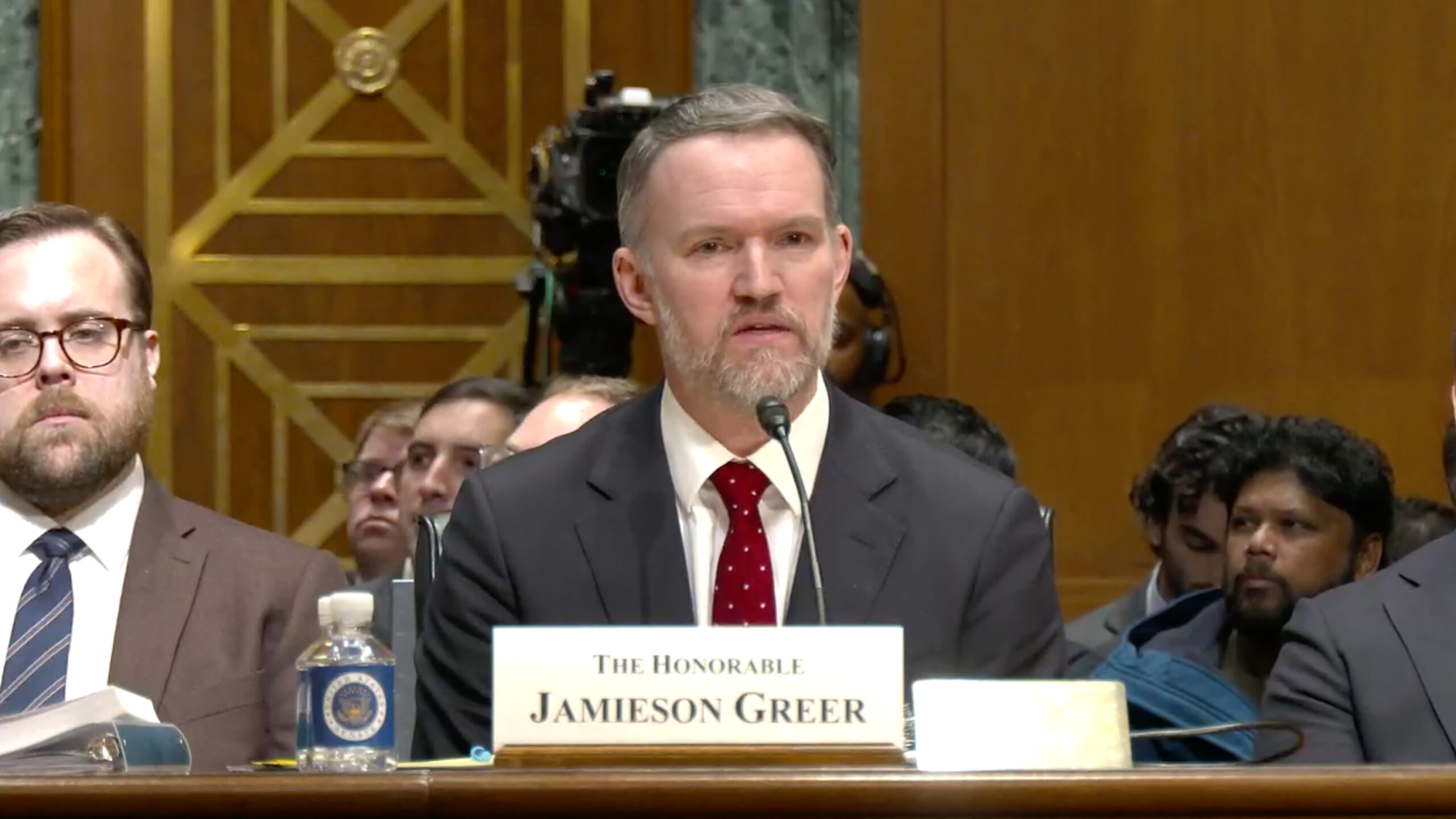
The bottom line is still the same until we return our nation’s economic focus from “a something for nothing approach” back to the “Real Wealth Creation Engine of Creating/Innovating. Making, and Building Things” again we are doomed to lethargic and anemic growth! Wake Up America!
[Reposted from the blog of Dan DiMicco | Dan DiMicco | February 4, 2015]
Some recent articles worth the read on the economy/jobs/problems/solutions:
December factory orders down 3.4%
GDP growth slows/U.S. Economy Expanded Less Than Forecast in Fourth Quarter
U.S. Economy Expanded Less Than Forecast in Fourth Quarter
GDP estimates in the Bloomberg survey of economists for fourth-quarter GDP, the value of all goods and services produced, ranged from 1.8 percent to 3.6 percent. The GDP estimate is the first of three for the quarter, with the other releases scheduled for February and March when more information becomes available.
Consumer Spending
The gain in household consumption was the biggest since the first quarter of 2006 and compared with a 4 percent median forecast in the Bloomberg survey. It followed a 3.2 percent advance from July through September. Purchases added 2.9 percentage points to growth.
For all of 2014, the U.S. economy grew 2.4 percent from the year before, the most in four years and following a 2.2 percent advance in 2013. Consumption climbed 2.5 percent, the most since 2006.
For the fourth quarter, fixed business investment increased at a 2.3 percent annualized rate, compared with a 7.7 percent gain in the third quarter. Corporate spending on equipment dropped at a 1.9 percent pace, the biggest decline since the second quarter of 2009.
The trade deficit widened to $471.5 billion, as imports climbed three times faster than exports. The gap subtracted 1 percentage point from GDP.
Inventories
A surge in inventories helped make up for some of the shortfall in trade. Stockpiles grew at a $113.1 billion rate, an increase of $30.9 billion from the third quarter, adding 0.8 percentage point to growth.
The GDP report also showed government spending decreased at a 2.2 percent pace, subtracting 0.4 percentage point to overall growth as defense spending slumped by the most in two years.
Stock slide resumes; GDP growth slows; Shake Shack soars on debut
“The Commerce Department reporting GDP (Gross Domestic Product) slowed to 2.6% in the fourth quarter, following a 5% gain in the third quarter. Even though consumers continued to do the heavy lifting with spending up 4.3%, it was still offset by weakness in business investment, government spending and trade.”
The Economy, Past and Future – NYTimes.com
http://www.nytimes.com/2015/02/02/opinion/the-economy-past-and-future.html?_r=0
“The data necessary to assess the economy’s performance last year and help project its path for this year is now coming in. One point stands out from all the rest: For all the talk about accelerating growth, the economy grew last year at a rate of 2.4 percent,basically in line with growth over the past several years.
That moderate (read slow) pace is not inherently unsatisfactory (But it is). The problem is that modest growth has never been enough to overcome the damage of the Great Recession and, from there, to reach new levels in terms of output, employment and wages…………………”
2.6% GDP? Reagan wouldn’t have let that happen
http://www.cnbc.com/id/102384158#
“In 2014, GDP growth bounced back in the spring and summer from a tough winter but in the fourth quarter, fell off to 2.6 percent. History indicates the country should be doing a lot better-simply, too many prime working age Americans are despondent and have permanently dropped out of the workforce.
After a deep recession, Ronald Reagan posted 4.7 percent annual growth over 22 quarters and employment jumped 13 percent, whereas President Obama’s recovery has accomplished half that progress.
Were the economy firing on all cylinders as it did in Reagan’s time, it would create more than 500,000 jobs a month, instead of the 225,000 expected going forward……..”
The Bad News in the CBO Report
http://blogs.wsj.com/washwire/2015/01/26/the-bad-news-in-the-cbo-report/
The most troubling feature of the Congressional Budget Office’s updated forecast was not about government spending or about trends in taxes, the deficit, or debt. Not a whole lot has changed on those fronts.
The most troubling part is that CBO is growing steadily gloomier about the U.S. economy’s capacity to grow, the potential growth rate of gross domestic product. If CBO is right, that means it would be harder to bring down the historically high ratio of government debt to GDP. And it means living standards in the U.S. will improve more slowly.
In August, CBO projected that the economy would grow an average of 2.7% a year from 2014 to 2018; now, it is anticipating 2.5% growth.
That doesn’t sound like much, but over time a few tenths of a percentage point add up to significant numbers.












